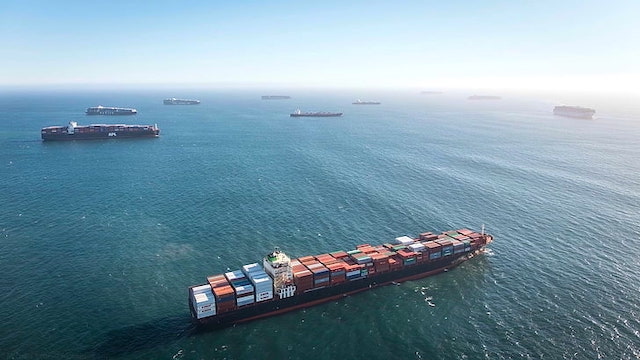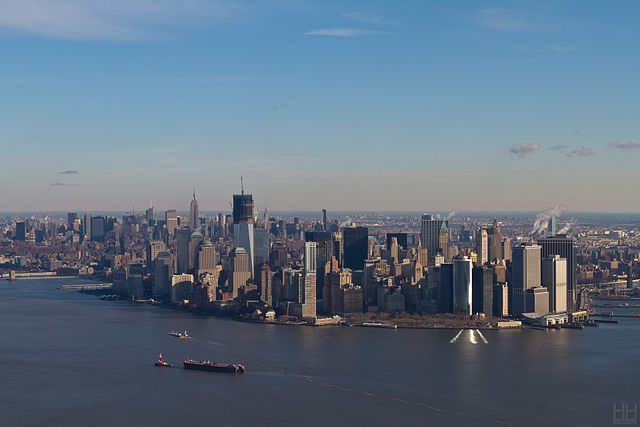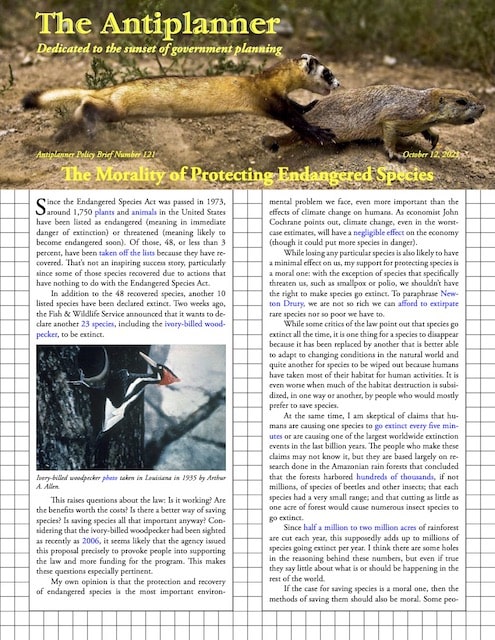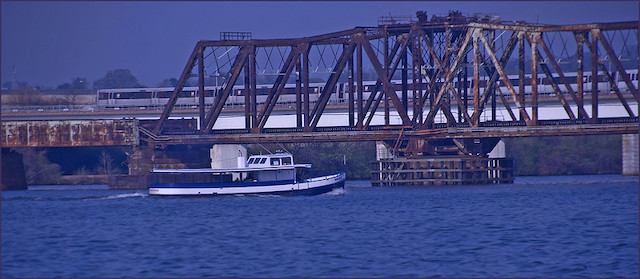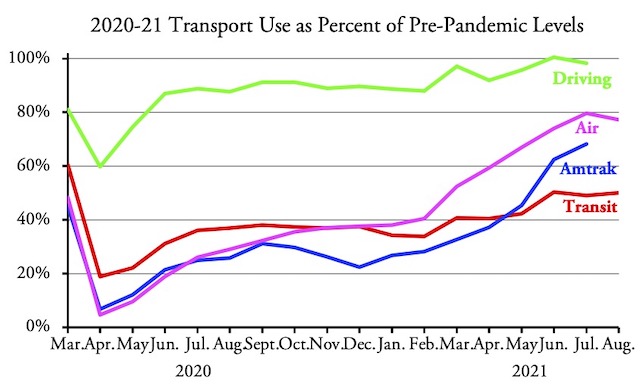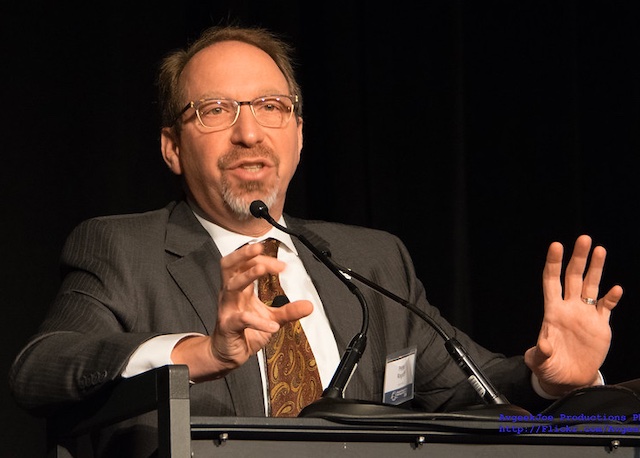Empty shelves in supermarkets and other stores are due in part to hundreds of thousands of shipping containers waiting to be unloaded at ports in Los Angeles, Long Beach, and other cities. According to market urbanist Scott Beyer, this backlog is due to a combination of labor unrest and NIMBYism.
More than 60 container ships are waiting outside the Port of Los Angeles for space to unload their cargo.
That’s certainly true in Portland, whose container port was completely shut down by labor disputes four years ago, and now is just beginning to function again. Moreover, trucks carrying containers out of Portland face some of the worst congestion in the country, partly due to anti-highway groups that oppose congestion relief on the grounds that it might lead people to drive more. Continue reading

